The Center for Health Sciences is a complex maze to most students – but behind one particular door, another intricate system of machines works around the clock to filter, sort and label units of donated red blood cells.
Each unit is one of over 20,000 that are processed by the UCLA Blood and Platelet Processing Lab every year, said Robyn Dunn, the lab’s senior clinical laboratory scientist supervisor. This blood, which is eventually sent to be used for transfusions at hospitals including the Ronald Reagan UCLA Medical Center, must be analyzed and processed in line with state and federal regulations.
Blood must be separated into its respective components so patients receive the proper fluids required, Dunn said, adding that processing blood ensures that no transfusion is contaminated.
“I see what it was actually doing and who it was actually going to, and it brought a sense of joy to my life,” said Steven Zuniga, a hospital laboratory technician. “Helping patients and doing more for my community – that’s what I like.”
The process begins with filtering and removing white blood cells from the sample, Dunn said, adding that the two remaining components of blood – red blood cells and platelets – are then sorted by various different machines. Adriane Cristobal, a hospital laboratory technician, said these two components are then separated using a centrifuge.
While blood processing has been standardized for decades, some collaborations between the processing labs and UCLA’s bioengineering department have also significantly improved the process, Cristobal said.
“Occasionally, we’ll work with the bioengineering department, and … they’re looking for projects to advance medical technology, which is totally awesome,” he said. “There’s many projects that we’ve been involved in that have potential for making our manufacturing process more streamlined, more safe and overall more efficient.”
Once the red blood cells are separated from the platelets, both components are stored at their respective temperatures, Dunn said.
The platelets are more sensitive and prone to contamination, Dunn said. She added that to eliminate risk, they are placed in an ultraviolet light environment that eliminates contaminants and then stored in a machine that keeps the platelets in constant motion in order to ensure they have oxygen.
Ultimately, 95% of platelets collected pass the qualification process, Dunn added. As part of processing, the red blood cells are also analyzed for proper form and function to ensure the cells are not subject to any disorders, according to UCLA Health.
After they have been checked, the blood components are labeled and added to an inventory, Dunn said. Because the documentation must follow regulations set by the state of California and the United States Food and Drug Administration, Dunn said it takes around two days before the selected blood components are released to UCLA Health hospitals.
However, the lab has reported several shortages in blood donation from the UCLA community. Tom King, the campus blood donor recruiter for the UCLA Blood and Platelet Center, said much of the blood received by the center comes from local high schools, churches and businesses.
Zuniga said there was also a severe shortage of blood and platelets during the COVID-19 pandemic. Zuniga, who has been working in blood processing for 18 years, said he was glad to be able to help with blood processing during the pandemic.
“People were suffering and dying, and they needed transfusions,” he said. “UCLA was, I think, one of the first to implement the process and … expedite that with (the) FDA and for transfusion. So that was pretty cool.”
To address this issue, Zuniga said one of UCLA’s medical directors for transfusion services encouraged people with asymptomatic COVID-19 to donate blood to hospital patients with more severe COVID-19 illness. This allowed patients to benefit from the antibodies in the asymptomatic people’s blood, he said.
Zuniga said, however, that there is an ever-present need for platelets, which mostly go to cancer patients who need them in large quantities. He added that he hopes students donate blood in order to mitigate blood supply shortages.
“I think we all know somebody that probably had a transfusion or suffered an accident where they probably received a transfusion or aid. And you kind of feel helpless – but this is something that you could actually do that’s going to help someone,” he said. “It’s something that anyone could do, and it takes as little as 10, 15 minutes of your time. And you can actually save someone’s life.”
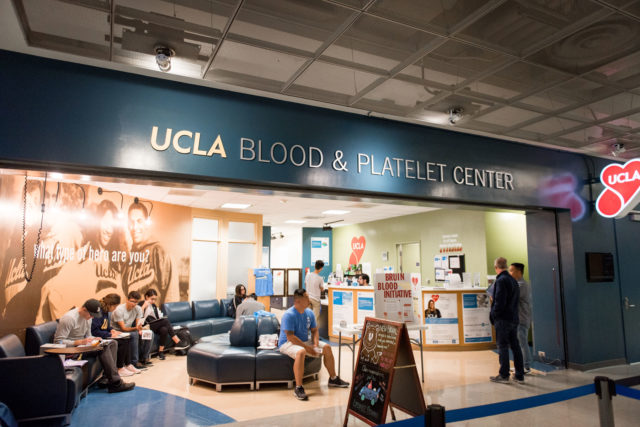

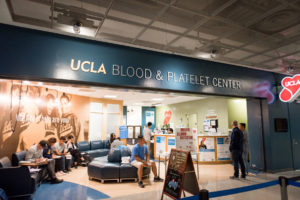
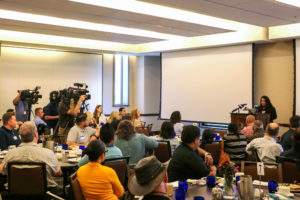
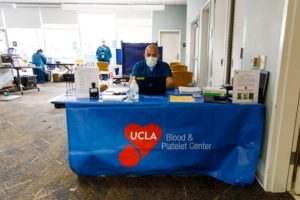
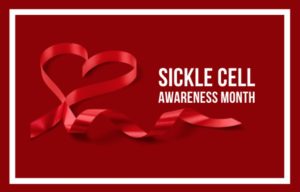
Comments are closed.